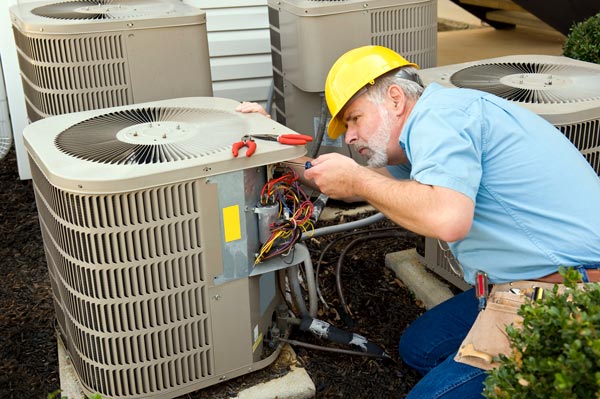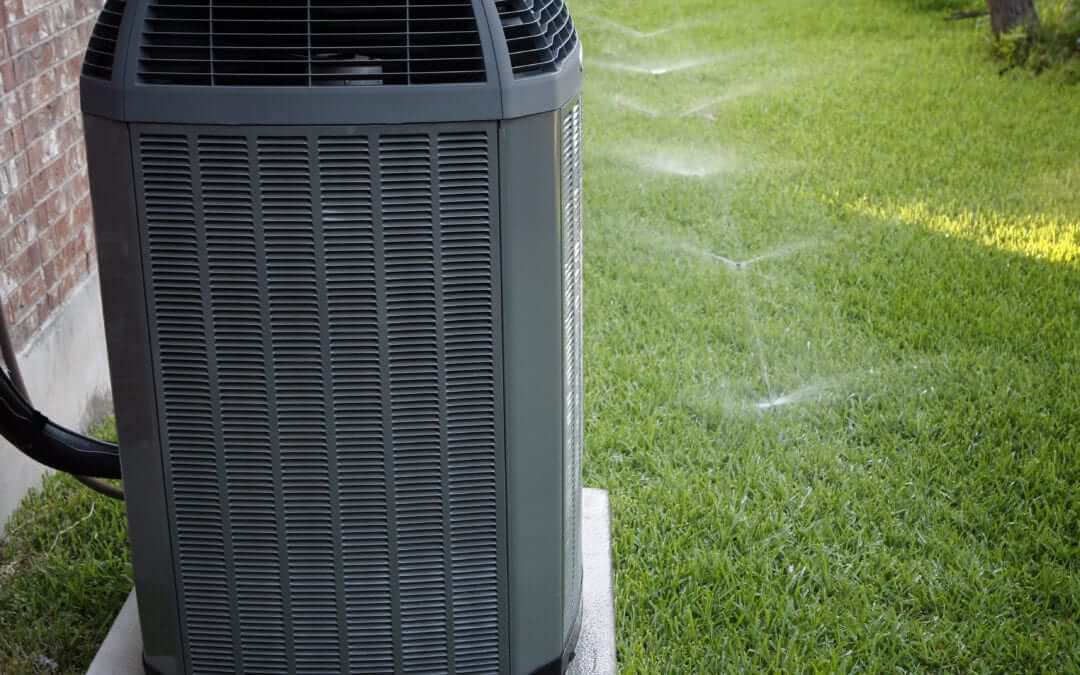The use of radiant barrier technology in homes for reducing utility costs is not a new concept. It has been around for over three decades and helping homeowners with their cooling system needs.
If you have searched for different ways to attain energy efficiency in your attic, you must have come across this product. Understanding what a radiant barrier means for your home and whether it works for your particular use would help you save hundreds that go into your energy bills each year.

So here is everything that you must know about radiant barriers…
What is a radiant barrier?
To understand radiant barriers, let us first tell you what radiant heat is.
Radiant heat is the thermal energy emitted from the sun and other potential sources, including flooring, ceiling, or walls. The energy is transferred without requiring a medium to propagate. This means, without making actual contact, the electromagnetic waves are emitted to other things, and these objects eventually begin to cast their own heat in all directions. One of the common examples is having roof shingles that absorb heat from the sun to warm up the entire attic.
Coming to the radiant barrier – this is a radiant heat blocking material that prevents the insides of your property from overheating. Made up of aluminum foil, the radiant barrier is applied to a number of substrates for the reduction of summer heat, as well as cooling costs. It further keeps the indoor objects from getting energized by the harmful UV rays or emitting radiations in their own heat.
Talking of its maintenance, as long as the layers remain intact and unaffected by dust or moisture, the barriers are practically maintenance-free.
Reinforcement material resistance and strength, location, cost, installation, and maintenance are a few key factors that decide the type of barrier that would work best for your needs. Moreover, what classifies as a true radiant barrier is the one that has high reflectance (90% or more) as well as low emissivity (10% or less).
How does a radiant barrier work?
You might now be interested in knowing what exactly happens when you add a radiant barrier to your attic that too with proper ventilation:
First things first – not all heat bounces off from the radiant barrier. But at least 95% of it does, which is enormous. So with an attic that may sometimes heat up to around 160ºF, and we are not joking here, can get a lot less toasty with the installation of a radiant barrier and go down to around 110ºF.
For this reason, radiant barriers are installed alongside other types of insulation, so all the aspects of heat movement are taken care of.
It works to reduce the heat transfer triggered by convection and blocks the convective airflow. Furthermore, two major physical properties assist the process: reflectivity and emissivity.
Talking of traditional insulation materials, these are more affected by the change in temperature and moisture levels. Radiant barriers, on the other side, maintain the performance regardless of any changes. This prevents the insulation from losing its effectiveness.
Here is an example to illustrate the process much better – when the sun heats the roof, insulation absorbs the warmth and transfers it down to the attic. Here is where radiant barriers come to your rescue – these prevent the heat from entering the space at all i.e., the heat radiation from a warmer to a colder object gets obstructed. This necessitates a lot less energy to cool the area, thanks to aluminum foil, which is excellent at reflecting heat.
The layer of radiant material faces the air space and is usually installed in roofs or attics. Combined with thermal insulation, the barrier shows best results in maintaining indoor temperature during summers.
For your information, radiant barriers require at least one (3/4 of an inch) air space. Why? If there is no air space on any side, heat would conduct from the surface that is touching the barrier and transfer to the surface on the opposite end. This will give no protection against the thermal energy you intend to reflect or block, rendering the barrier ineffective. It would help if you also make sure that even the area is adequately ventilated for the barriers to work fine.
Single-sided foil barriers attach to one side of materials like craft paper or cardboard, whereas double-sided foil barriers are placed on both sides of the material. Multilayered foils remain entirely separate, producing insulation airspaces. Some roof decking also comes with attached foils. And finally are those that come with foil-faced insulation, combined with barriers as well as insulation for the prevention of radiant heat along with convection and conduction.
That is how all of it works in cohesion.
Is a radiant barrier effective?
Absolutely.
Radiant barriers are actually useful.
These do not just absorb or slow down radiant heat transfer like traditional insulation. The barrier, in fact, blocks or reflects the heat by up to 97%, if not entirely. These are also unaffected by ambient temperature or humidity performing at a consistent level at all times. When installed in the attic or anywhere above the living spaces, these can significantly help reduce the air conditioning loads as well as energy usage. This further advances the life of the air conditioning unit while increasing the comfort levels of any property.
Retrofitting or building an attic with radiant barrier also improves the resale value of the property. The savings incurred provide an excellent return on your investment.
In conclusion, radiant barriers are a must to install in your home so the technology can combat any heat transfer, which is not being controlled by traditional insulation. And although it may seem like a DIY task, professional installation must be opted to allow these to work effectively.
Need more information on radiant barriers, other insulation materials, and their installation, let us help you with your requirements. Area Wide Services has years of industry experience with just this and much more. Call us at (903) 467-5620 or send us a message if you have any questions, and we will assist you in the best possible manner.

